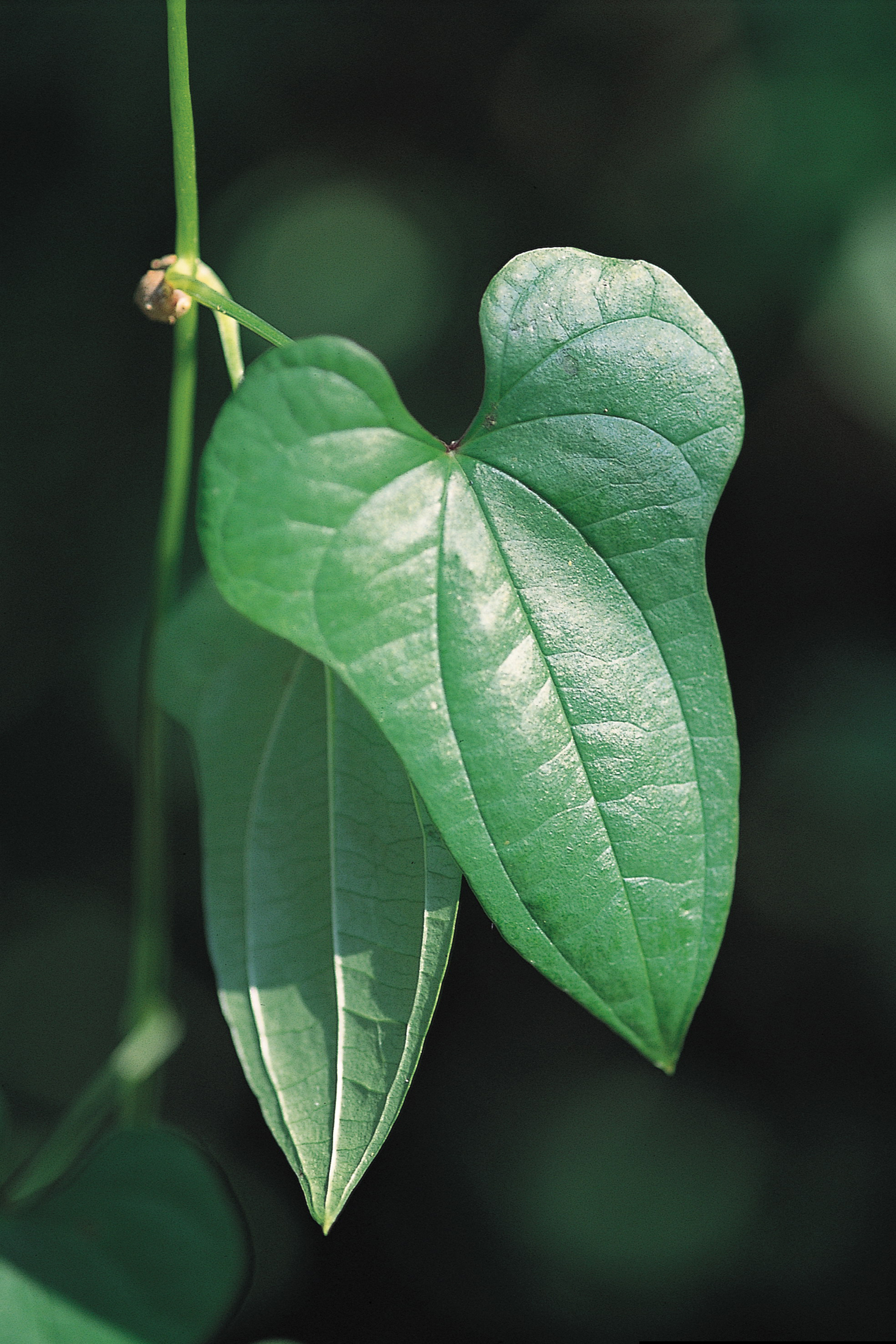|
Dioscorea Polystachya
''Dioscorea polystachya'' or Chinese yam ( zh, s=山药, t=山藥), also called cinnamon-vine, is a species of flowering plant in the yam family. It is sometimes called Chinese potato or by its Korean name ''ma''. It is a perennial climbing vine, native to East Asia. The edible tubers are cultivated largely in Asia and sometimes used in alternative medicine. This species of yam is unique as the tubers can be eaten raw. Range This plant grows throughout East Asia. It is believed to have been introduced to Japan in the 17th century or earlier. Introduced to the United States as early as the 19th century for culinary and cultural uses, it is now considered an invasive plant species. The plant was introduced to Europe in the 19th century during the European Potato Failure, where cultivation continues to this day for the Asian food market. Taxonomy The botanical names ''Dioscorea opposita'' and ''Dioscorea oppositifolia'' have been consistently misapplied to Chinese yam. ... [...More Info...] [...Related Items...] OR: [Wikipedia] [Google] [Baidu] |
Nikolai Turczaninow
Nikolai Stepanovich Turczaninow ( ru , Николай Степанович Турчанинов, 1796 in Nikitovka, now in Krasnogvardeysky District, Belgorod Oblast, Russia – 1863 in Kharkov) was a Russian botanist and plant collector who first identified several genera, and many species, of plants. Education and career Born in 1796, Turczaninow attended high school in Kharkov. In 1814, he graduated from Kharkov University, before working as a civil servant for the Ministry of Finance in St. Petersburg. Soon after, in 1825, Turczaninow published his first botanical list. Despite being employed in a different field, he continued his largely self-taught botanical work. In 1828, he was assigned an administrative post in Irkutsk, Siberia. This allowed him to collect in the Lake Baikal area, which is known for its rich biodiversity. A spate of papers followed, and Turczaninow established his own herbarium containing plants from the region. In 1830, he was appointed a Fellow ... [...More Info...] [...Related Items...] OR: [Wikipedia] [Google] [Baidu] |
